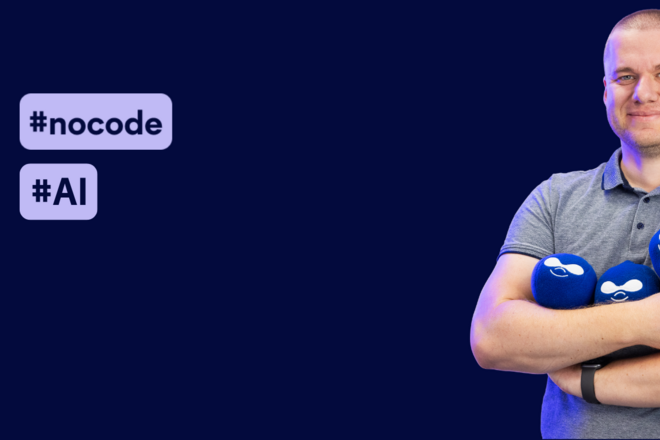Blog /AI
Want to stay up to date with how artificial intelligence is transforming the way websites are built and managed? In this category, you’ll find accessible AI-focused content — from chatbots and content-generation tools to Drupal AI modules and clear explanations of key concepts that help you make informed use of modern technologies.
We publish both real-world implementation examples and practical tips on using AI to improve user experience or automate team workflows. If you want to better understand current trends and discover ideas for enhancing your digital solutions, this AI category will provide you with fresh inspiration and up-to-date knowledge.









